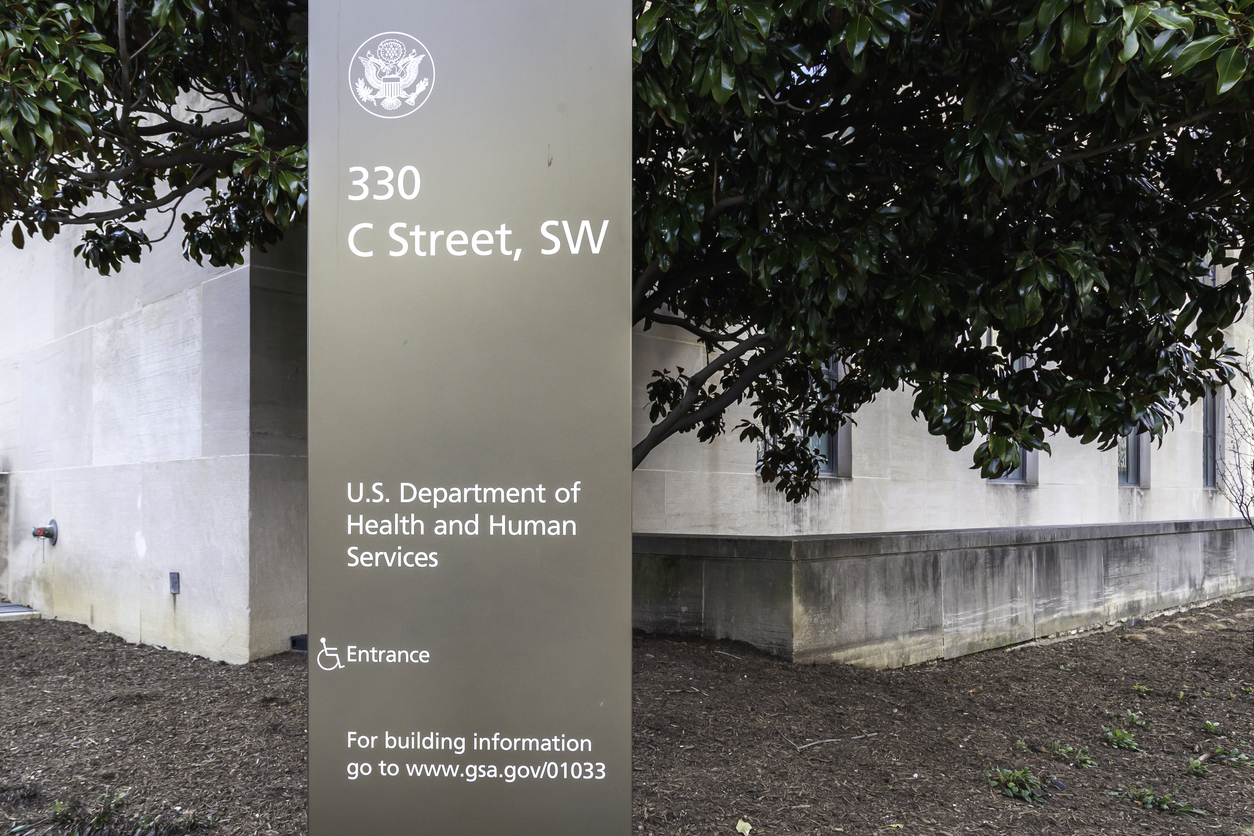
By Marcelo Jauregui-Volpe
Last week, Secretary of Health and Human Services (HHS) Robert F. Kennedy Jr. announced a department overhaul that would include firing 10,000 employees, eliminating divisions and regional offices, and centralizing departments. The cuts would impact many of the major biomedical science agencies under HHS, such as the Centers for Disease Control and Prevention (CDC), the Food and Drug Administration (FDA), and the National Institutes of Health (NIH).
“We aren't just reducing bureaucratic sprawl. We are realigning the organization with its core mission and our new priorities in reversing the chronic disease epidemic," said Kennedy, in a press release.
HHS estimated that the restructuring would save $1.8 billion annually and that the department would reduce its workforce by nearly a quarter, from 82,000 to 62,000, once layoffs, retirements, and deferred resignations came into effect. The plan, the release said, was HHS’s strategy for complying with President Trump’s executive order, titled “Implementing the President’s ‘Department of Government Efficiency’ Cost Efficiency Initiative.”
The plan also called for consolidating several current agencies and functions into a new division within the department, the Administration for a Healthy America. This would, according to the HHS release, include functions, “such as Human Resources, Information Technology, Procurement, External Affairs, and Policy.”
Below is the summary of layoffs across agencies, as laid out in an HHS fact sheet:
- FDA: 3,500 full-time employees
- CDC: 2,400 employees
- NIH: 1,200 employees
- Centers for Medicare & Medicaid Services (CMS): 300 employees
HHS claimed in its press announcement that the cuts would streamline operations and eliminate repeated tasks across agencies. In NIH’s case, the layoffs would come from “centralizing procurement, human resources, and communications.” The announcement asserted that the cuts would not affect the critical roles of the agencies, such as providing Medicare services at the CMS and conducting drug reviews at the FDA.
However, many elected officials and health science experts familiar with the agencies have warned that these drastic cuts will disrupt critical research and healthcare services.
On March 27, House Energy and Commerce (E&C) Committee Ranking Member Frank Pallone, Jr. (D-NJ) and Health Subcommittee Ranking Member Diana DeGette (D-CO) asserted that the cuts were illegal and strongly urged E&C Chairman Brett Guthrie (R-KY) hold a hearing allowing committee members to question HHS about the restructuring plan.
NIH scientists who spoke with Science magazine expressed concerns about how the firing of administrative staff would “disrupt lab operations, derail ongoing research projects, and ultimately prevent the NIH from delivering on its mission” and cautioned that the merging of offices would consolidate “power in the hands of political appointees.”
This announcement comes on top of news NIH staff received last week that HHS and the Department of Government Efficiency will review notices for grant proposals to make sure the research aligns with Trump administration priorities.
Marcelo Jauregui-Volpe is editorial and communications assistant at AAU.